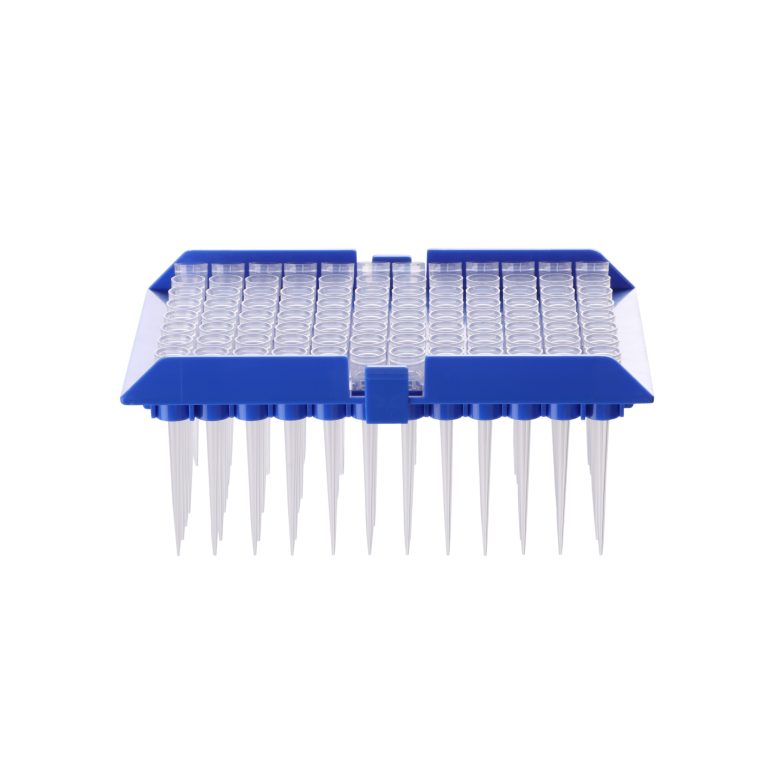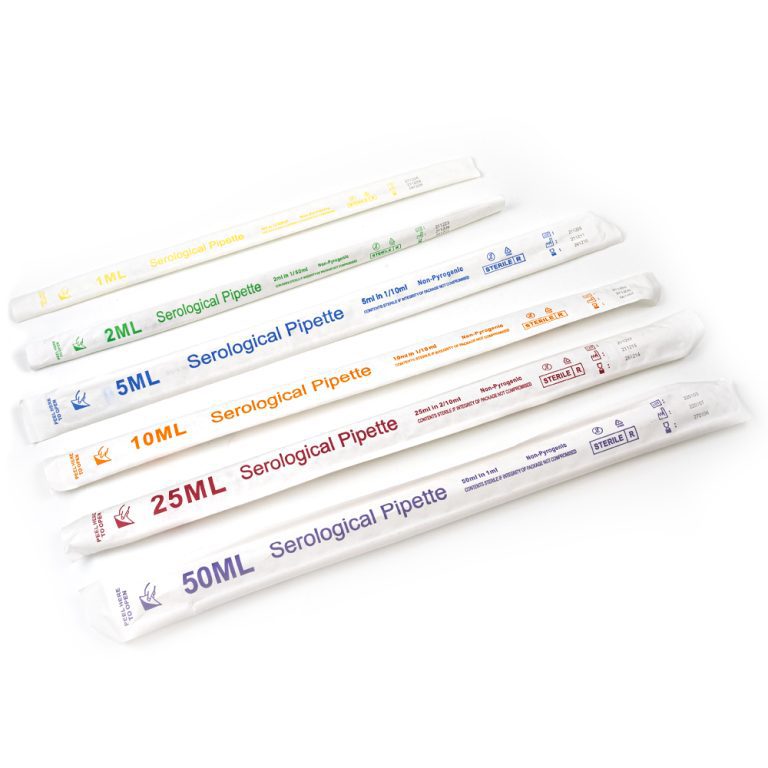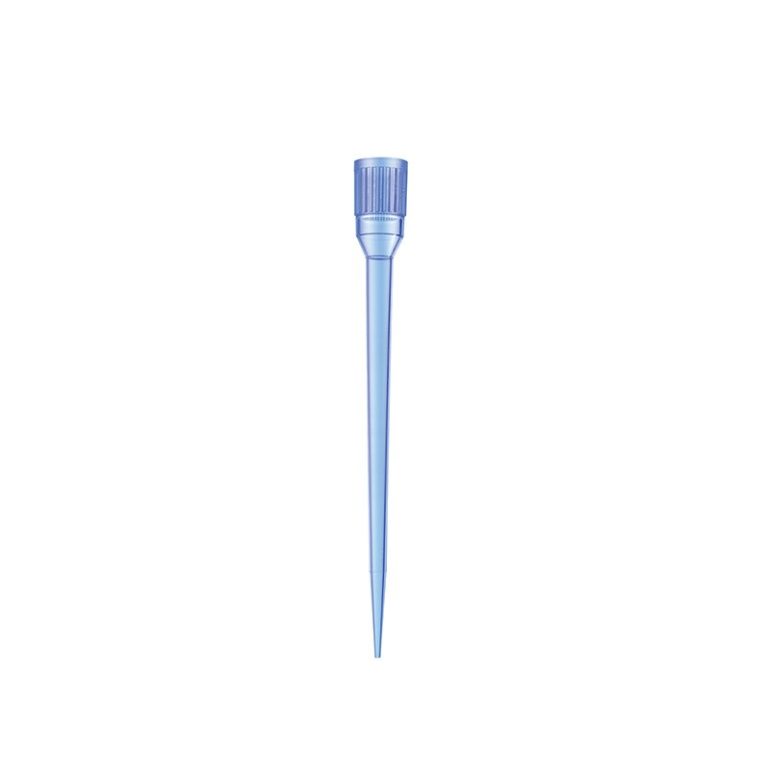The pipette tip of a filter element refers to the pressure loss that occurs as fluid flows through the filter. Monitoring filter tips has some important use cases:
- Determining when to replace filter elements – As a filter element gets clogged with debris during use, the filter tips will steadily increase. Most filter elements have a maximum specified filter tips that should not be exceeded. By monitoring filter tips, you know when the element needs replacement to avoid damage and maintain proper flow.
- Optimizing filter sizing – Choosing a filter element with appropriate capacity for the application helps minimize excess pressure loss and cost. Measuring filter tips for a given flow rate and debris load helps determine if you are using an oversized or undersized filter element. Oversized elements have too much unused capacity. Undersized elements clog up too quickly.
- Diagnosing problems – An abnormal change in filter tips can indicate a problem with the filter, filtration system, or upstream equipment. For example, a sudden increase in filter tips could signify damage to the filter element or a burst of excess debris into the system. A drop in filter tips could indicate the filter element is not properly sealed or installed. Monitoring filter tips help detect these issues.
- Optimizing pre-filter use – Pre-filter elements placed upstream of a main filter can help reduce its filter tips by removing larger debris. Measuring the filter tips before and after pre-filters allows you to determine how effective they are in protecting the main filter. If filter tips are not improved much, you may need pre-filters with a lower micron rating or higher capacity.
- Indicating inadequate backflushing – For filters that can be backflushed, like screen filters and media filters, backflushing helps lower filter tips over time by removing trapped debris. If filter tips quickly rebound after backflushing, it may indicate the backflush procedure or frequency is inadequate, allowing too much material to remain in the filter. Backflush settings may need adjustment.
- Balancing multiple filter stages – Filtration systems with multiple filter elements in series, each with different micron ratings, require balancing to optimize performance. Measuring the filter tips across each filter stage helps ensure one filter is not overloaded while others remain largely unused. Adjustments to flow rate or filter selection may be needed.
- Monitoring filter efficiency – Comparing filter tip readings over time for a given filter and application provides an indication of how efficiently the filter is performing. A gradual but steady increase in filter tips over many cycles may indicate the filter media is slowly degrading, allowing more particles to penetrate. This helps determine useful filter lifespan.



